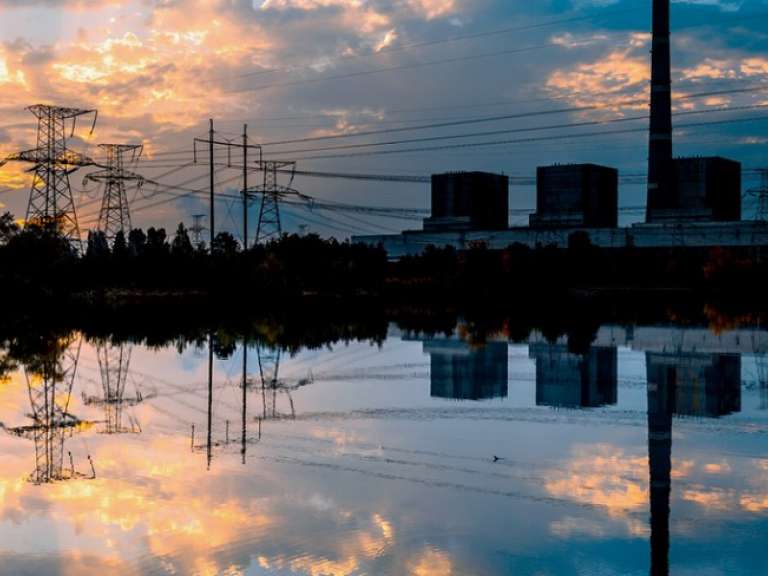Power Plant Sales: To Flip or to Flop
Peter Kelly-DetwilerPower plant sales are frequent. Here are five considerations that plant owners should be making during the process.

Power plant sales occur relatively frequently in the US and Europe. These sales occur between parties with different strategic objectives or varying views of the market segment. Plant managers and owners are often faced with the decision to improve operations and drive up the resale value of older facilities or cut their losses.
As the power industry continues to evolve, six of the last nine years have seen declining loads in the United States. At the same time, levels of renewables are increasing every year and having a significant impact on plant economics. Low-priced natural gas is also helping to depress power economies. Key segments such as ERCOT and western PJM saw record low prices in 2016 with little near-term visibility for a rebound. That makes it difficult for plants to operate profitably.
As a consequence, numerous power plants are changing hands, with some companies exiting the space, and others jumping in. One notable trend is that an increasing number of private equity companies are acquiring power plants. It is very typical for these private equity firms to have their own asset management team to increase a plant's resale value.
The changing energy industry raises a number of questions regarding how to manage plants prior to sale—or for eventual retirement. As owners of power plants contemplate their next steps, their asset management teams work diligently to get the highest value in a sale. Positioning these plants for their next steps may involve a number of different strategies, depending on various factors. Here are five considerations that plant owners should be making:
Some generation plants are clearly slated for retirement—aging coal-fired units in survival mode, for example. The best strategy here may simply be to maintain a safe and reliable operating environment at the lowest possible cost. In plants with longer economic lifespans, owners and management must make specific trade-offs between costs and benefits. Many of these decisions must be made within the overall economic context, including potential and existing contracts.
In many instances, a generation plant may be subject to a governing power purchase agreement (PPA). As future earnings streams are critical in establishing the value of the generating assets, plant managers must demonstrate that they are fully capable of meeting the terms of the PPA.
A generating facility at an attractive location may be able to benefit from high congestion values or hourly nodal pricing in competitive regions. The manager should be able to demonstrate that the facility is fully capable of capturing that value. This includes quick start-up and ramp times, low heat rates, and the ability for duct firing to capture extra MWh during high peak price hours.
In such instances, investments in technology—like increased digitization and improved platforms—are worth considering, if they facilitate a better view of the plant and how it can perform. In this circumstance, it's important to analyze the return on investment, which is highly circumstantial and based on estimated costs, expected economic conditions, operational performance, and the improved resale value of the plant.
In a region that has introduced capacity performance, such as PJM, an asset manager needs to make sure that the power facility is capable of running when called upon. Having multi-year service agreements, firm gas contracts (or backup fuel), and ensuring that all plant operations are in proper working order are a necessity for avoiding what could be significant penalties for not performing.
Owners also need to be able to demonstrate that the maintenance cost structures are acceptable so that future buyers do not foresee any significant liabilities in this area. Specific quantities and timing of maintenance investments should be thoroughly weighed for cost–benefit trade-offs.
Coal-fired plants face an entirely different set of concerns related to emissions like sulfur dioxide, particulates, and nitrous oxide (NOx). By contrast, gas facilities burn cleanly and are not constrained by the same emissions limitations. One exception here may exist for gas turbines that go to minimum loads. Plants that can maintain minimum loads while managing emissions within existing standards are more valuable to the fleet and command a potentially higher resale value.
Given today's shifting industry dynamics, we are likely to see not only more power plant sales, but also changes in plant operating practices to ensure that a plant can improve its revenue potential. Therefore, it is important to adopt a proactive stance as these sales occur. Owners must have strong asset management groups who actively position their plants for sale. Adopting a strategy to improve value through careful cost–benefit analyses that drive the right investment decisions can dramatically turn the tables of the transaction.
In a fast-changing landscape, organizations must stay aware of potential cyber threats. Data protection and security are priorities.
New technologies are establishing the future of wind machines in locations that are currently unable to harness wind power.
Coal plant owners do have profitable retirement options. These coal plant asset optimization strategies involve careful planning, but can yield big ROIs.